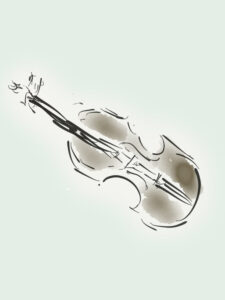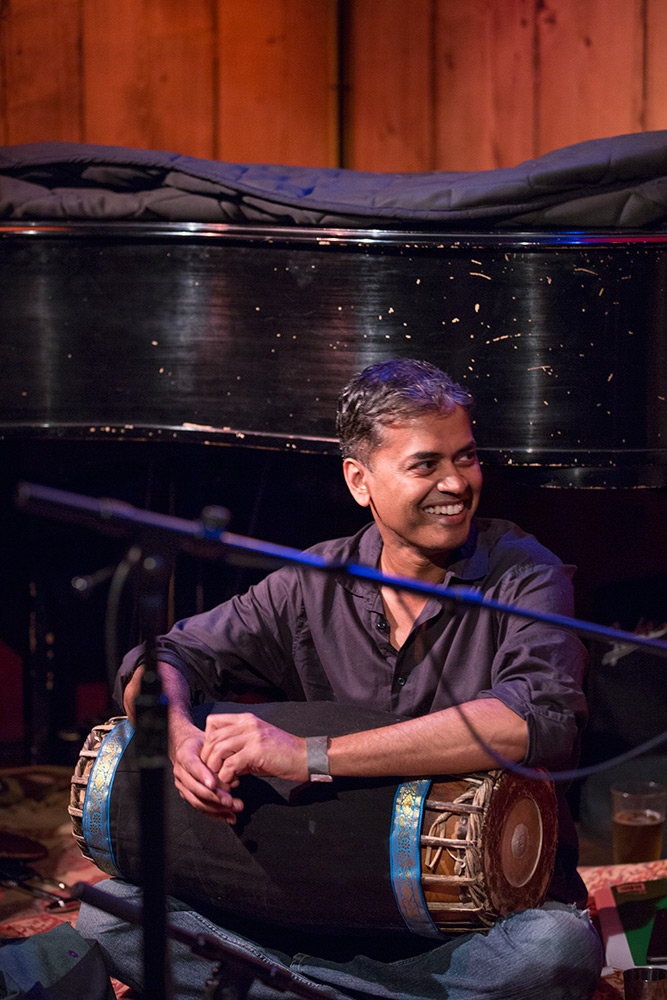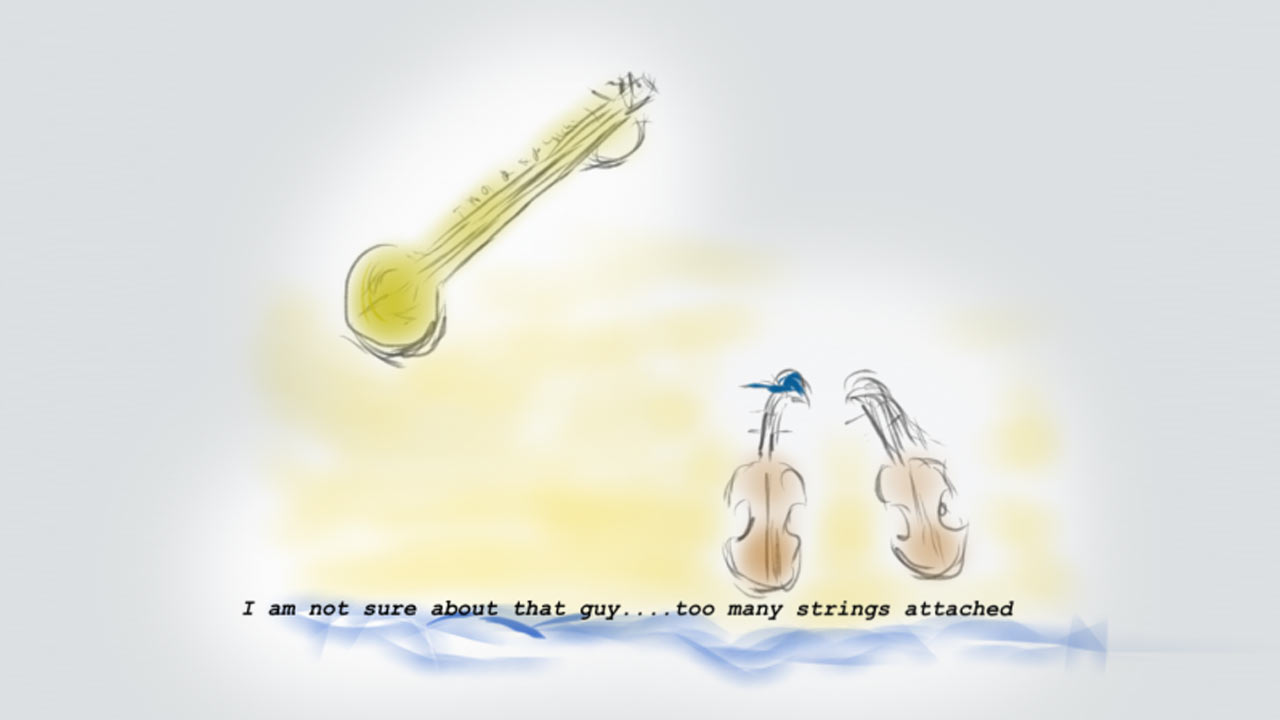What Is Carnatic Music?
Carnatic music is one of the oldest, most intricate, and spiritually rich music systems in the world. Rooted in South India, it has a long and continuous history of theory, composition, and improvisation—passed down through generations of practitioners, scholars and saints. While it’s often associated with temples and spiritual devotion, Carnatic music is also a living art form thriving in modern concert halls, homes and global platforms.
In this post, we explore the history, structure, evolution, and interesting facts about Carnatic music—with insights from key scholarly sources.
Ancient Origins: From Natya Shastra to Sangita Ratnakara
Carnatic music’s theoretical foundations go back over 2000 years. The Natya Shastra, a Sanskrit treatise dated around the 2nd century BCE and attributed to Bharata, first codified the principles of sangita—a blend of music, dance, and drama.
Later texts like Dattilam and Brihaddeshi introduced concepts of melody (raga) and rhythm (tala), while Sarngadeva’s Sangita Ratnakara (13th century CE) served as a key unifying document for Indian music before it eventually branched into two major traditions—Hindustani (North Indian) and Carnatic (South Indian).
Recommended Reading:
Rowell, Lewis. Music and Musical Thought in Early India. University of Chicago Press, 1992.
Sarngadeva’s Sangita Ratnakara (available in English translations and commentaries)
The Trinity and the Golden Age of Composition
The classical form of Carnatic music that we know today flourished in the 18th and early 19th centuries with the rise of the Carnatic Trinity:
Tyagaraja (1767–1847) – Known for deeply devotional and emotionally rich songs in Telugu.
Muthuswami Dikshitar (1775–1835) – A master of Sanskrit compositions, he also introduced Western instruments like the violin.
Syama Sastri (1762–1827) – Celebrated for rhythmic sophistication and compositions in praise of goddess Kamakshi.
Together, they defined a golden era of composition, developing the kriti form—a structured song with sections (pallavi, anupallavi, and charanam)—and elevating both the melodic and rhythmic dimensions of performance.
Fun Fact: Many of Tyagaraja’s songs were composed spontaneously during moments of spiritual ecstasy. His disciples notated them later from memory!
The Core Elements: Raga and Tala
At the heart of Carnatic music are two core concepts:
Raga – The Soul of the Melody
A raga is not just a scale—it is a melodic personality. Each raga has its own set of rules, moods (rasa), signature phrases (prayogas), and emotional essence. There are 72 parent melakarta ragas and hundreds of derived (janya) ragas.
Tala – The Framework of Rhythm
A tala is a time cycle used to structure rhythmic activity. From the straightforward 8-beat Adi tala to the asymmetrical Khanda Chapu (5 beats), tala provides a framework for both composed and improvised rhythm.
Suggested Text:
Sambamoorthy, P. South Indian Music. Vols. I–VI. Indian Music Publishing House, 1959–72.
The Role of Improvisation
While Carnatic music features many fixed compositions, improvisation is central to the concert experience. This includes:
Alapana – Free-flowing, rhythm-less exploration of the raga.
Neraval – Melodic improvisation on a single line of a kriti.
Kalpana swaram – Improvised solfa syllables within the tala.
Ragam-Tanam-Pallavi – The ultimate test of creativity, combining all elements into a majestic centerpiece.
Even percussionists engage in improvisation during the tani avartanam, a solo rhythmic interlude filled with mathematical patterns, tension, and release.
Learning and Transmission
Traditionally taught through the gurukula system, Carnatic music was passed orally from teacher to student. Notation exists but is only a loose guide. Mastery comes through listening, repetition, and rigorous practice.
With global expansion, today’s students also benefit from online lessons, recordings, and video analysis, but the oral tradition remains core.
Tip: If you’re just starting out, listen to concerts by vocalists like M.S. Subbulakshmi, Semmangudi Srinivasa Iyer, or Lalgudi Jayaraman on violin. Their phrasing and expression are masterclasses in themselves.
Instruments of Carnatic Music
Violin – Introduced in the 19th century, it now rivals the human voice in expressiveness. Carnatic violinists typically sit on the floor along with other musicians and play. Although the instrument is not modified in any way, the tuning and the way it is held are different from western style.

Veena – The ancient South Indian plucked instrument.
Flute – made from bamboo
Mandolin – Gained popularity in the 20th century.
Percussion:
Mridangam – The principal rhythm instrument, a double-headed drum.
Kanjira – A South Indian frame drum.
Ghatam – A clay pot used for sharp, crisp rhythmic accents.
Morsing – A jaw harp that adds a buzzing layer to rhythm.
Unique Feature: Konnakkol is the vocal art of reciting rhythmic syllables—an integral part of rhythmic training and performance.
Global Spread and Modern Influences
In the 20th century, Carnatic music gained a worldwide audience, thanks to figures like M.S. Subbulakshmi, who performed at the United Nations in 1966, and L. Subramaniam, who collaborated with Western classical and jazz artists.
Today, diasporic communities across North America, Europe, and Southeast Asia have thriving Carnatic schools and festivals. Musicians explore fusion with jazz, electronica, and world music—yet always return to the core discipline of raga and tala.
Did You Know? The annual December Music Season in Chennai is one of the largest classical music festivals in the world, featuring over 1000 concerts in a single month!
Interesting Tidbits
Women’s Legacy: In the early 20th century, female musicians like Bangalore Nagarathnamma championed the right of women to perform in public, helping establish the Tyagaraja Aradhana festival.
Rhythmic Math: Complex korvais (rhythmic patterns) in Carnatic music are built on advanced arithmetic and geometric progressions.
Oral Precision: Some musicians can reproduce multi-minute compositions purely by ear, without any written notation.
Conclusion: A Living, Evolving Tradition
Carnatic music is not just a system—it’s a living tradition. Whether you’re a beginner or a seasoned connoisseur, exploring this music opens a door into a world where emotion, intellect, and devotion meet in beautiful harmony.
It continues to evolve with new compositions, cross-cultural collaborations, and digital platforms, while staying grounded in a philosophy that values both structure and spontaneity.
Whether sung in a small temple, played in a New York concert hall, or taught in a weekend class online, Carnatic music is timeless—and always timely.
References:
Sambamoorthy, P. South Indian Music (Vols. I–VI). Indian Music Publishing House.
Rowell, Lewis. Music and Musical Thought in Early India. University of Chicago Press.
Viswanathan, T., & Allen, M. Music in South India: The Karnatak Concert Tradition and Beyond. Oxford University Press.
Ramanathan, S. Articles in The Journal of the Music Academy, Madras.

